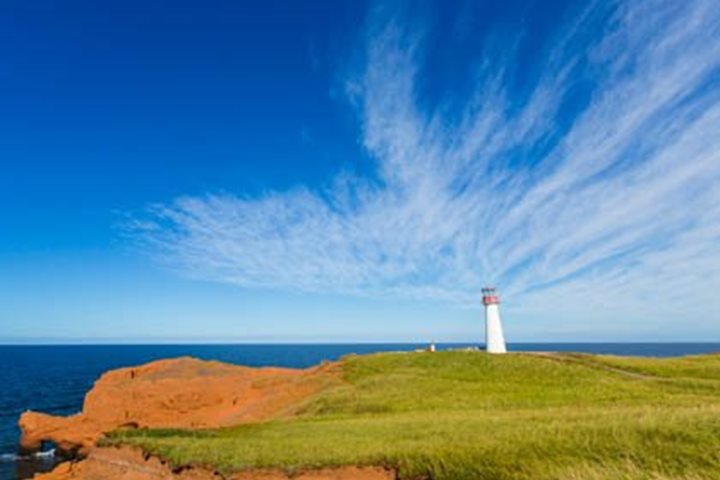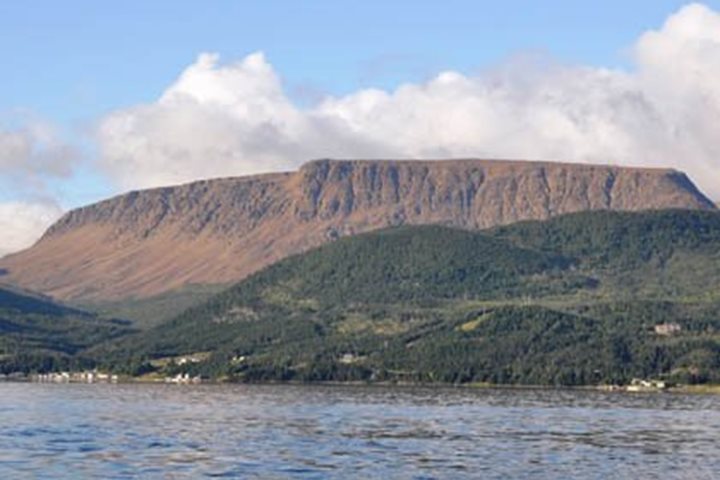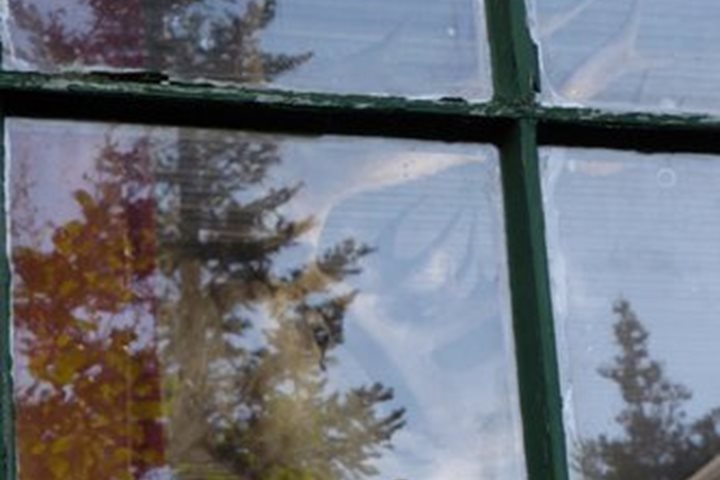Polar bears are the walking incarnation of determination and power. Few animals have the ability to be both terrifying and cuddly like an ice bear does. Alone, those qualities would be remarkable reasons to remember the three polar bears we spent time with this morning, but ultimately we’ll remember them because it almost didn’t happen. We cannot control the weather and just a few days ago many of us felt like it had conspired to keep us landlocked in a very comfortable hotel. Yet, the fog lifted and as the wheels of our plane touched down, all aboard erupted into cheers and applause.
Fast forward less than 24 hours and we are all standing in near silence with the queen of the ice and her two jokers. We are a group bound by a love of nature and a remarkable, unforgettable shared experience. “Those cubs made all the flights totally worth it,” whispered one guest to his spouse. It’s only through teamwork, perseverance, and a great deal of luck that we all sit here tonight aboard National Geographic Explorer recounting the antics of those three white ghosts of the ice.
Later in the afternoon, we found our way to shore to explore a historical site on Beechey Island. In nearby Erebus and Terror Gulf, Captain Sir John Franklin’s ships overwintered in the ice before heading west on their quest to explore the last uncharted stretches of the Northwest Passage. Between viewings of a rare white-morph gyrfalcon, guests took a step into the past amidst a graveyard of sailors and what’s left of their shelter. Five marked graves interrupt the rocky landscape, small carved stones signifying the final resting site for three sailors from Franklin’s party, one member from the supply ship Northstar, and another unknown man. Nearby Northumberland House was built and used by subsequent rescue parties for staging caches of food and material for their mostly fruitless quest to answer a question spreading through the expedition and exploration community: What exactly happened to the Franklin Expedition?







